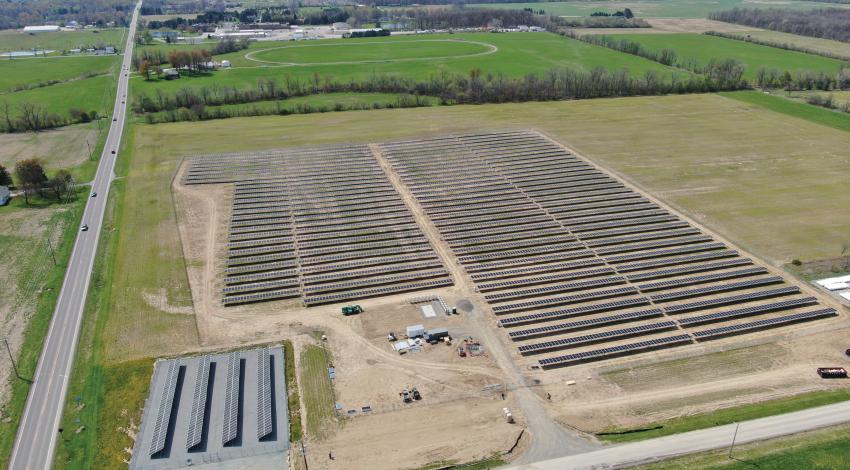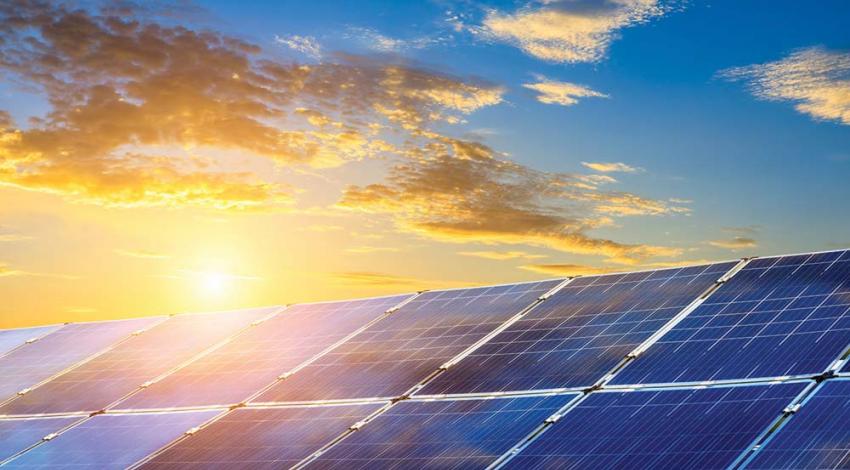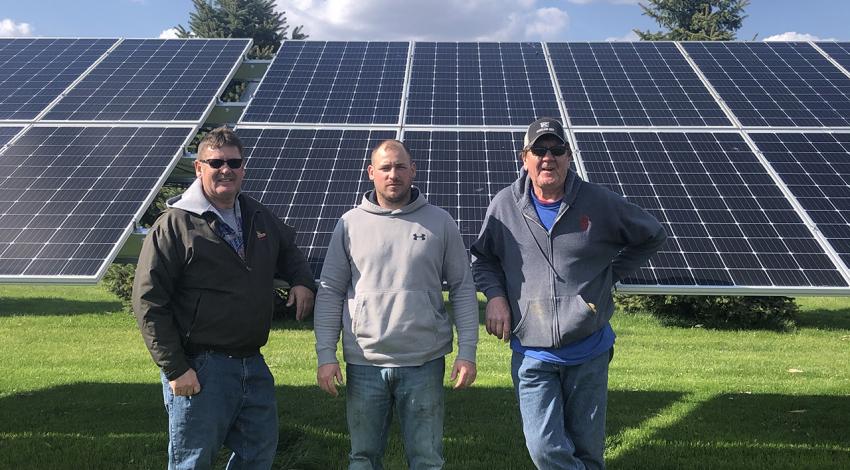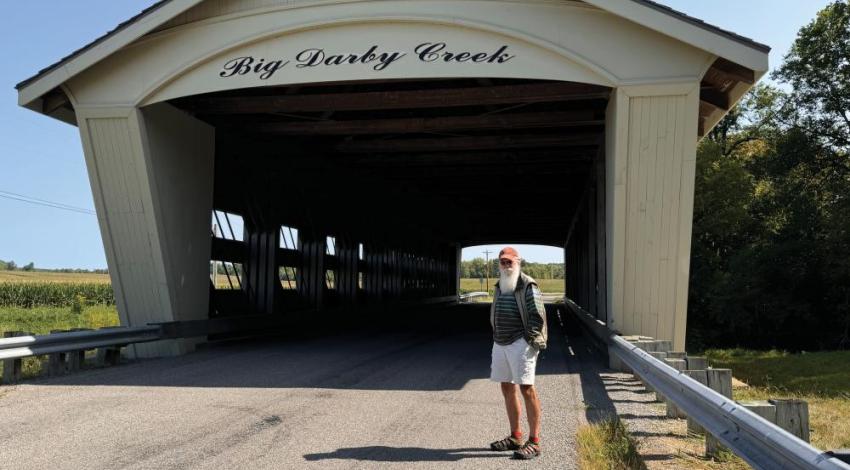“Sunshine is free.” Solar panel sales companies hammer the point over and over; they know it’s an idea that resonates with potential customers.
“The first company made it sound like we would have instant savings, that we would have no electric bill at all,” Kathryn says. “It sounded good to start with, but when we really started digging in, we realized maybe it wasn’t right for us.”
Before they pulled the trigger, the Reeds reached out to Kyle Hurles, an energy advisor at South Central Power. Hurles met with them to review their goals and go over the results they could realistically expect.

















